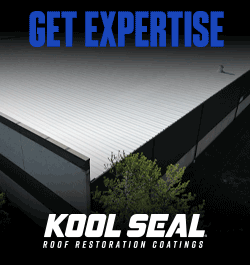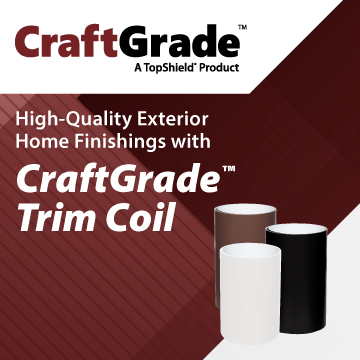Tongue and Groove Decking Question
« Back To Roofers TalkThis question is from my good friend Trent Cotney. He probably could have posted himself but I wanted to introduce him. He has been a friend of the RCS for years. Could you guys help him out, Vickie
Recently, I have had a variety of legal disputes arising out of tongue and groove decking including excessive debris, over-driven nails, water intrusion and asphalt leaching. I'm curious to see if any members of the group have experienced serious problems and what remedial efforts other than replacement are possible.
egg Said: This is an odd assortment of issues. In the seventies it was common to place 2X T&G over 4X rafters on four foot centers. My own home is built that way. Whenever we reroof one of these we have to inform the owners that they can expect a fine flour-like sifting coming out of the grooves having been trapped in there from time of construction. Quite a lot actually. Sawdust and just plain dust gets trapped in the joint and more or less stays there dormant until someone starts flexing or pounding on the boards.
Have worked on a few of these as egg has described above with the same issues. Had a couple where they run Lumex wire on the roof surface to all the lighting and then flopped fibreboard over it all and mopped on a BUR system. Some had ant colonies between the decking and fibreboard also to complicate matters. Have seen where hot tar had leaked between the joints on the fibreboard and had pooled on the T&G deck and would drip through the cracks to the interior of the house when it got hot out. Sometimes California architecture just don't cut it in the rain forest.
Overdriven nails reminds me of a story of a notorious roofer - chimney sweep that operated around our area for years. Went by the name of Mr. Bubi "The Top Banana" His specialty was single ply over fibreboard. Sweep the gravel off and six 4" galvanized spiral nails in a 4' x 8' sheet of fibreboard and roll out 4 mil single ply and just torch the laps and finish with aluminum coating. He started a three story apartment block with T&G decking and the tenants were complaining that the nails were coming through their ceilings. By the time the property manager arrived later in the day he had about 20 square of fibreboard "spiked" on. He got in a fight with the property manager and then left with his crew for the bar as the storm clouds began to appear on the horizon. All said and done it rained for two days on a flat roof with ponding issues and about four hundred nail holes into the interior. No wonder insurance rates are so high.
"...excessive debris, over-driven nails, water intrusion and asphalt leaching."
This is an odd assortment of issues. In the seventies it was common to place 2X T&G over 4X rafters on four foot centers. My own home is built that way. Whenever we reroof one of these we have to inform the owners that they can expect a fine flour-like sifting coming out of the grooves having been trapped in there from time of construction. Quite a lot actually. Sawdust and just plain dust gets trapped in the joint and more or less stays there dormant until someone starts flexing or pounding on the boards.
Over-driven nails is a problem on any sheet. If you are overdriving on a T&G joint you only have to think a minute about it to realize the top of the groove edge doesn't have much meat. Not sure if that relates to the question or not, but when forensics experts get rolling they can make a mountain out of nearly anything, even things that are still functioning.
We are required to gap our (non T&G) sheets to avoid having them buckle. Pretty hard to do with a T&G joint. They go where they go and they are tight. A buckled sheet might lead to water intrusion after a chain reaction of small failures. We usually only use T&G sheets on floors and we definitely use them with no ill effect. They are glued and nailed. Haven't seen T&G decking used on roofs for a very long time, except for overhangs which are still quite common and cause no issues, but these are not plywood T&G, these are milled wood parts. Nowadays when T&G wood is used for the field it is almost always covered with a layer of plywood to give it shear.
Asphalt leaching (going into solution when in contact with water? as in "tobacco juicing?") would have to be result of trapped moisture, no?
Asphalt in solution, carried by water in migration, is not a cause. It is a consequence of natural processes. Hard to see how T&G can be a root cause for that problem.
Sorry I can't offer more, but that's about all I've got.
No experience with these issues.
























